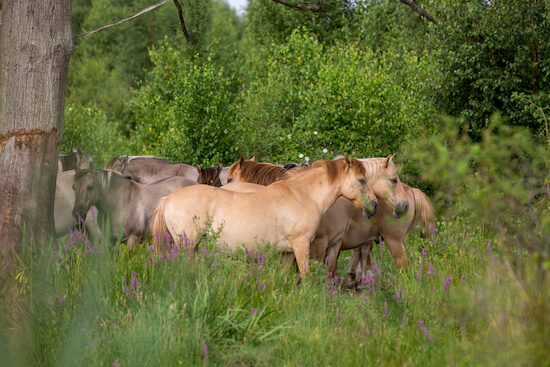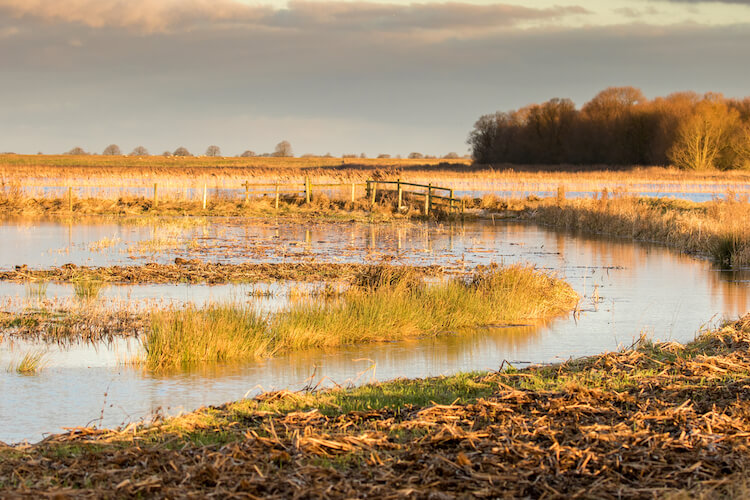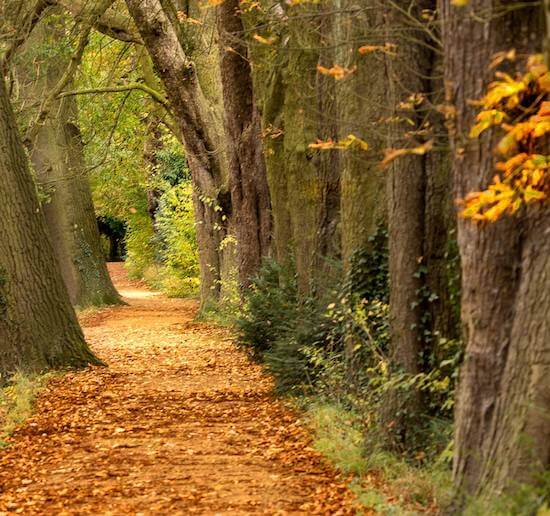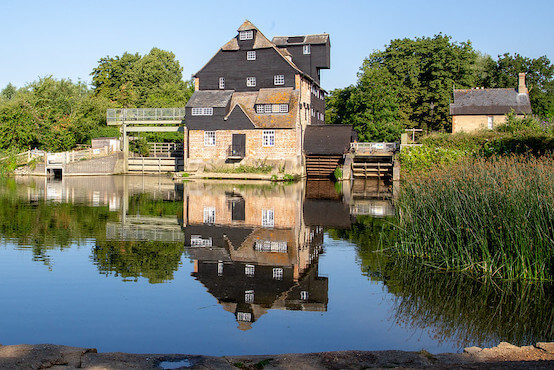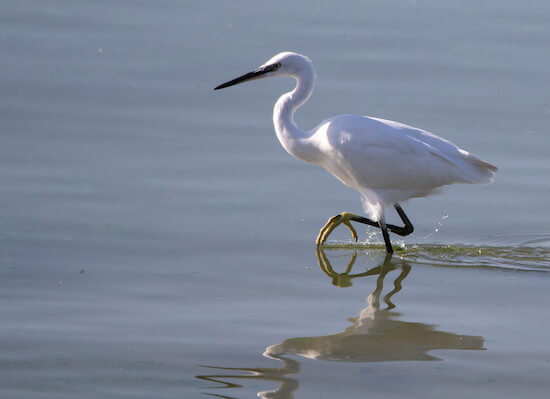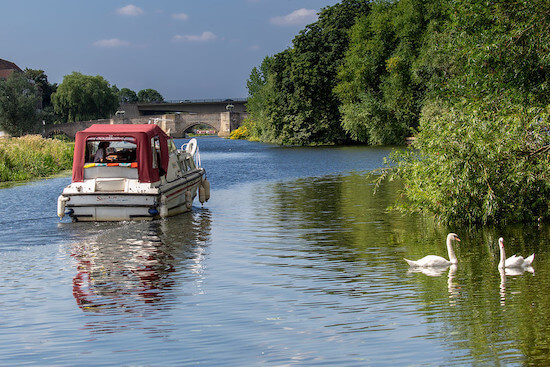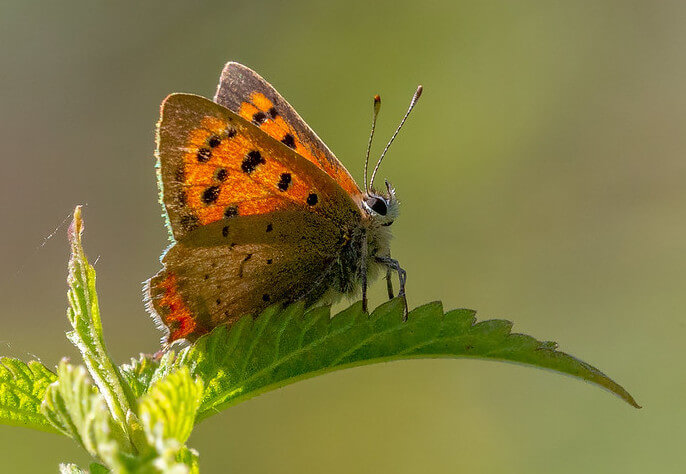- Home
- Cambridgeshire walks
Nature in Cambridgeshire
If you're searching for nature in Cambridgeshire, let me guide you through this counties diverse landscapes. From protected meadows and ancient woodlands to expansive wetlands and the unique fenland, this area has it all.
Having lived here for over 40 years, I’ve experienced the beauty of Cambridgeshire firsthand, and I’m excited to share some of my favourite spots with you.
Together, we'll create lasting memories as we discover the hidden gems of Cambridgeshire's countryside.
Whether you're an avid birdwatcher armed with binoculars or a passionate wildlife photographer like myself, capturing the essence of nature, Cambridgeshire's trails offer something for everyone.
Before heading for an excursion in the outdoors, do review my nature walk checklist to ensure you take the necessary things with you.
Explore Cambridgeshire's Fens
The Fens, part of England's iconic wetland landscape, hold remnants of a rich ecosystem despite centuries of agricultural drainage.
Three National Nature Reserves offer a glimpse into this unique world:
- Holme Fen - Britain’s lowest point, 7 meters below sea level, and home to rare silver birch woodland.
- Woodwalton Fen - A mosaic of reed beds and marshes, boasting over 1,000 species of butterflies and moths.
- Wicken Fen - One of the country’s oldest nature reserves, protecting over 9,000 species, including elusive bitterns and wild Konik ponies.
The ambitious Great Fen Project is underway, connecting Holme Fen and Woodwalton Fen to restore 3,700 hectares of fenland habitat—one of the most exciting conservation projects in the region.
The Washes: A Birdwatcher's Paradise
The Ouse Washes and Nene Washes, are vital flood storage areas that transform into wetlands during winter, attracting vast numbers of wildfowl and wading birds.
As a passionate birdwatcher, I’ve added several "lifers" to my list here, including common cranes and short-eared owls.
You never know what you might spot along these peaceful trails.
- Common Cranes: Despite their name, these majestic birds are anything but common, with only a handful of breeding pairs in the UK. The washes are one of the few places in the country, along with Somerset, where you might catch a glimpse of these elusive creatures.
- Short-eared Owls: Witnessing these magnificent birds hunting over the wetlands is an unforgettable experience, their silent flight and keen eyes perfectly adapted to locating prey in the vast expanse of the washes.
- Cattle Egret: These small, white herons are a rare sight in the UK, with only a few individuals recorded each year. Spotting one in the washes was a true highlight, earning a well-deserved mention on regional bird sightings websites.
Woodland Walks and Wildflower Meadows
Cambridgeshire’s ancient woodlands are a haven for nature lovers. Here are my top picks:
- Brampton Wood: Over 900 years old, this woodland is a sight to behold in spring with its carpets of wild English bluebells.
- Monks Wood: The largest woodland in Cambridgeshire Famous for its diversity of beetles and the enchanting song of nightingales in the spring.
- Hinchingbrooke Country Park: Covering 170 acres, the park includes woodland, grassland, lakes, and marshes. It is home to species like Kingfishers, Little Egrets, and Grass Snakes.
Meadows like Paxton Pits and Houghton Meadows offer tranquil walks among wildflowers, butterflies, and dragonflies. In June and July, these meadows come alive with colourful blooms and diverse wildlife.
- Paxton Pits a 78-hectare reserve, offers a mix of lakes, meadows, and woodlands, perfect for wildlife enthusiasts. Over 160 bird species have been recorded here, including nightingales. The well-marked trails lead through diverse habitats, providing excellent birdwatching opportunities, particularly for waterfowl and dragonflies, making it a must-visit spot for nature lovers.
They even feature one of my Great White Egret photos on their site after I won a prize in their photo competition. - Houghton Meadows, a 90-hectare site of ancient hay meadows along the River Great Ouse, is a hidden gem near Houghton Mill. In June and July, the meadows burst into life with wildflowers and butterflies. The tranquil setting is ideal for nature walks, with dragonflies and damselflies often seen by the river, adding to the charm of this beautiful, off-the-beaten-path spot.
Lakes, Meres, and Chalk Streams
Many of Cambridgeshire's "lakes" and ponds are actually flooded gravel pits that have been transformed into local nature reserves, some even gaining the designation of Sites of Special Scientific Interest (SSSI). Top spots for wildlife watching include:
- Godmanchester Nature Reserve: Spanning 59 hectares, this reserve features a large lake that attracts waterfowl like Smew and Goosander in the winter months. In 2018, a rare Black-throated Diver spent several weeks at the lake, and a common seal has also visited.
- Ouse Fen Nature Reserve: This 700-hectare wetland restoration project features reed beds, wet grasslands, and open water, providing habitat for species such as Bitterns, Marsh Harriers, Bearded Tits and Water Voles. As of 2021, the reserve had 12 booming male Bitterns.
- Grafham Water is a 1,500-hectare reservoir and nature reserve that attracts a wide variety of wildlife, including waterfowl like tufted ducks and great crested grebes. With over 170 bird species recorded, it's a top spot for birdwatching and nature walks. The scenic circular trail around the reservoir offers stunning views and peaceful surroundings, making it perfect for outdoor enthusiasts.
- RSPB Fowlmere is one of only 200 chalk streams in the world, making it a rare gem. Its crystal-clear waters, fed by natural springs, support a thriving ecosystem, including brown trout, otters, and the endangered water vole. This peaceful reserve offers excellent opportunities for spotting wildlife while enjoying a gentle walk along its paths.
- Holt Island, hidden in the heart of St Ives, is a peaceful 5-acre reserve accessible via a footbridge. Its 400-meter raised boardwalk winds through willow trees and wetlands, making it easy for visitors to explore the island's wildlife.
A recent highlight of my visits was photographing the rare Willow Emerald Damselfly, a new UK resident since 2009. The island is perfect for a short, tranquil nature walk right in town.
For tips on capturing stunning images of these iridescent insects, check out my guide on photographing dragonflies and damsels here.
Your turn to enjoy nature in Cambridgeshire
Cambridgeshire’s natural beauty is waiting for you to explore.
Whether you’re a birdwatcher, a wildlife photographer, or simply someone who loves peaceful walks in nature, there’s something here for everyone.
Grab your binoculars, walking boots, or camera, and venture out to one of the reserves or trails I’ve mentioned. Listen to the birdsong, breathe in the fresh air, and let Cambridgeshire’s landscapes inspire and rejuvenate you.
It’s time to get out there and enjoy the wonders of nature in Cambridgeshire. What are you waiting for?

About the Author
Carol is a UK-based wildlife photographer and nature writer with a passion for peaceful walks, patient observation, and capturing life’s quiet wonders.
Through her lens and words, she shares the stories of the natural world — from bluebells and butterflies to birds like the great crested grebe.
Get closer to UK nature
Subscribe to Wild Lens!
Want to discover more hidden walks and wildlife moments?
I’d love to share my latest nature finds, photo tips, and peaceful walk recommendations with you.
💌 Join my newsletter Wild Lens—it’s free, occasional, and always rooted in a love of the natural world.
Subscribe below and come exploring with me.

